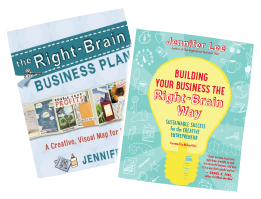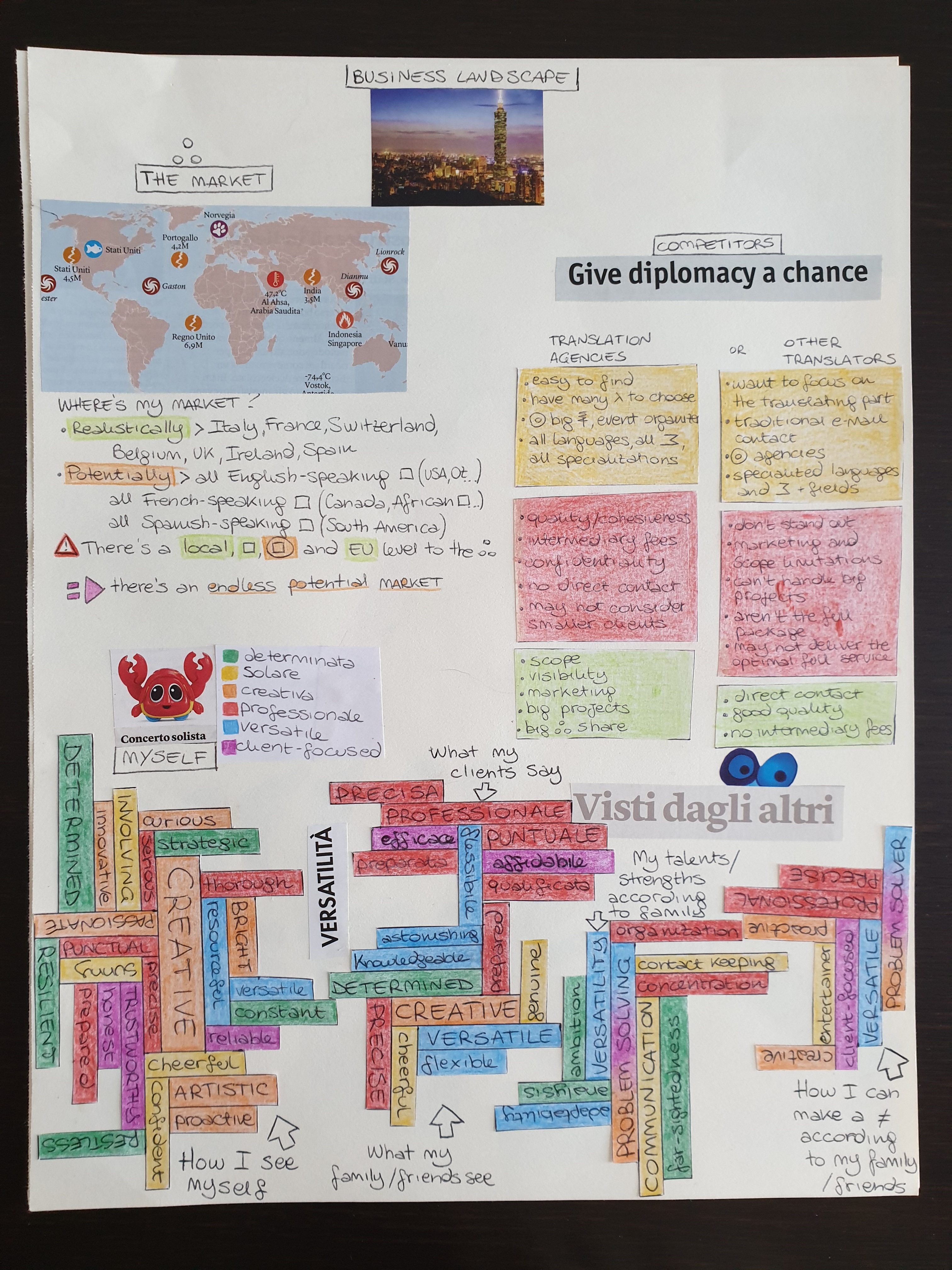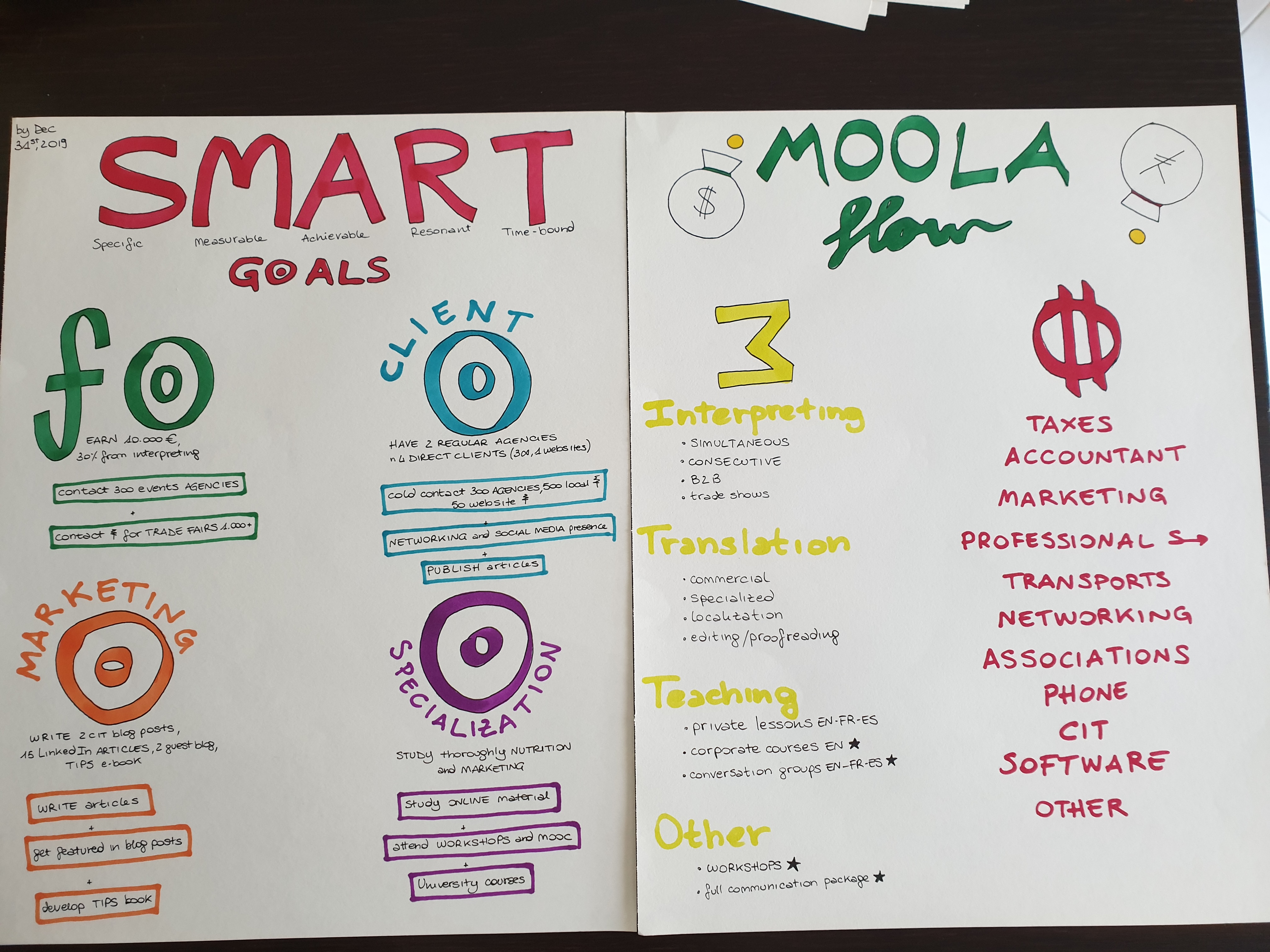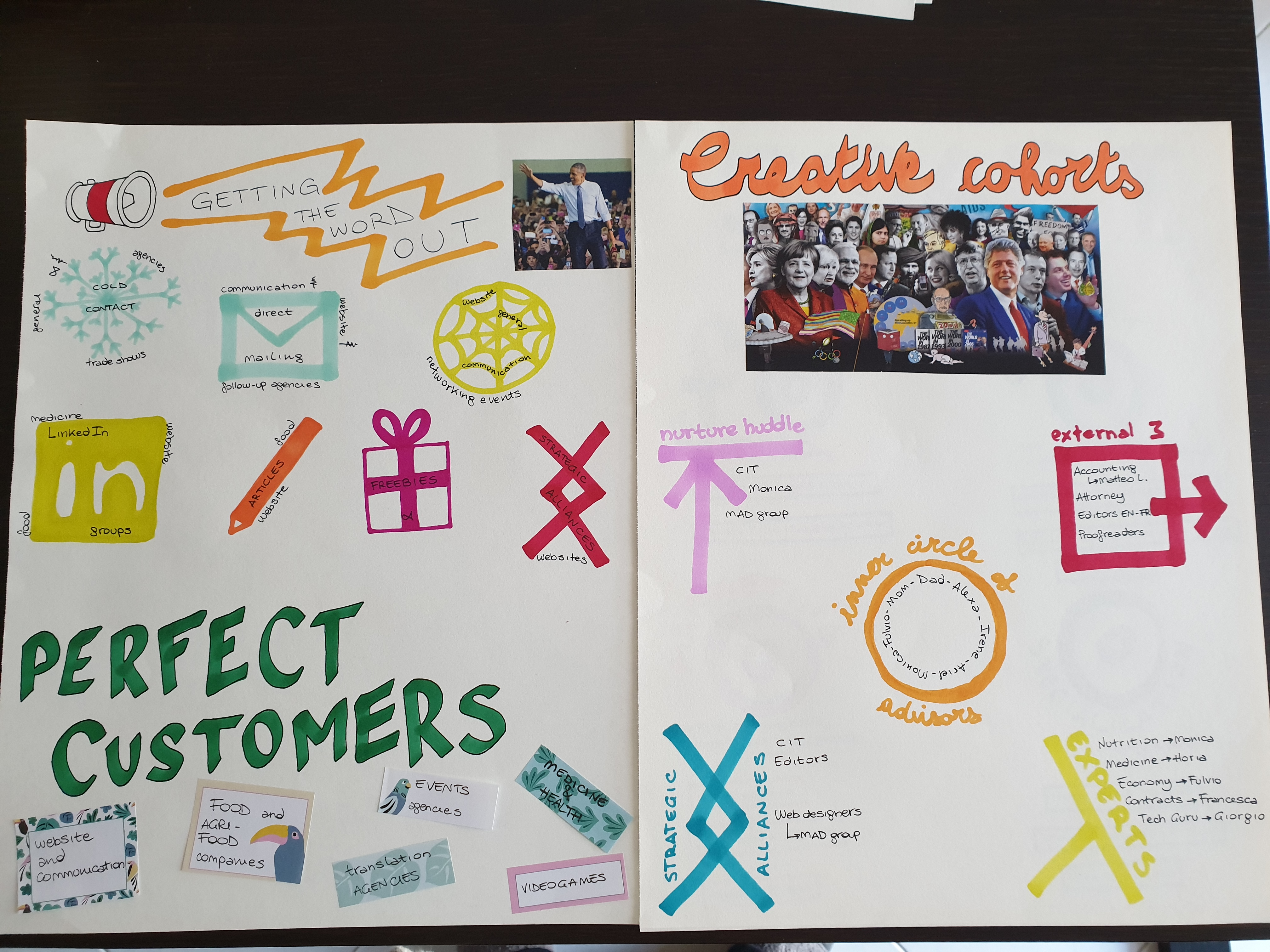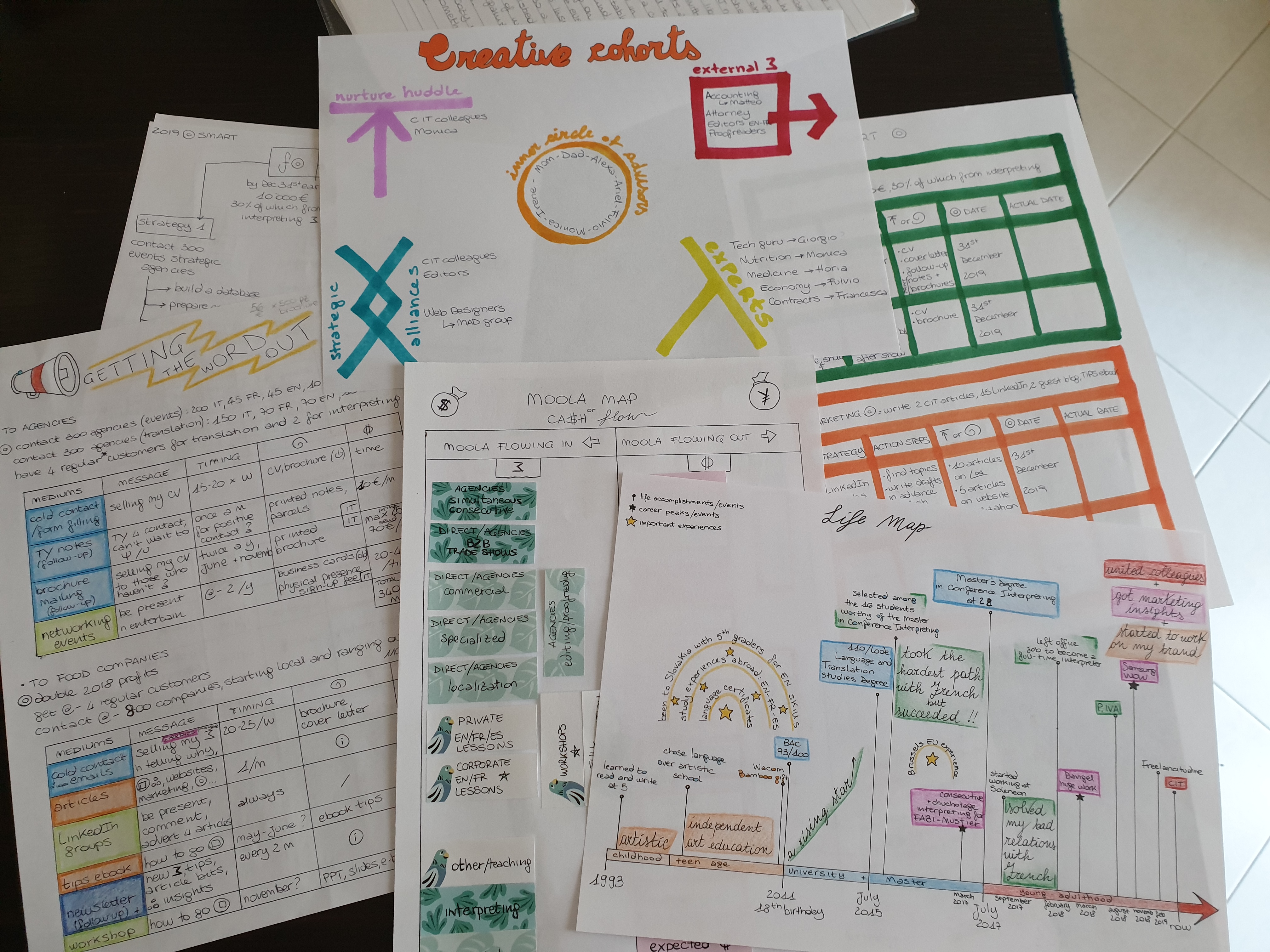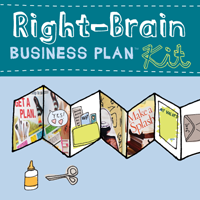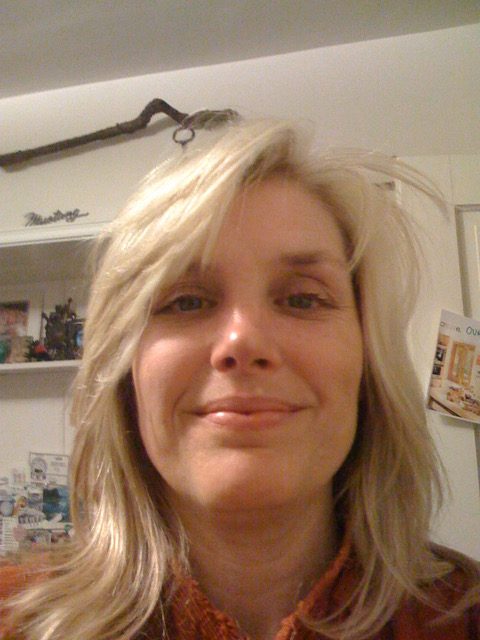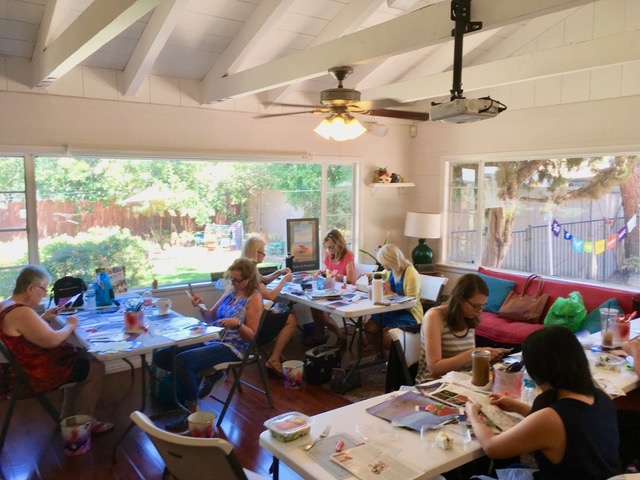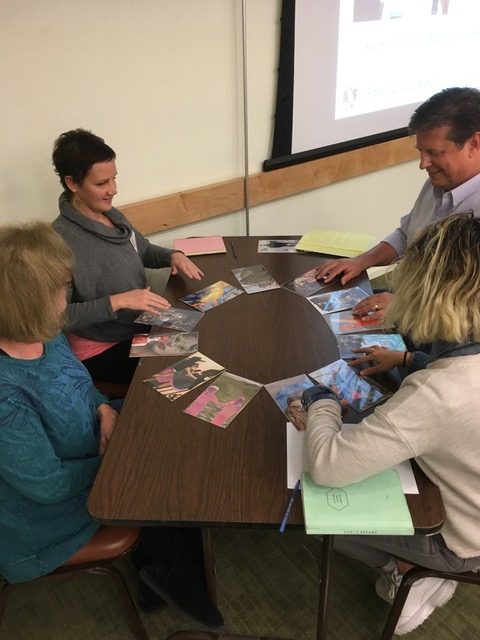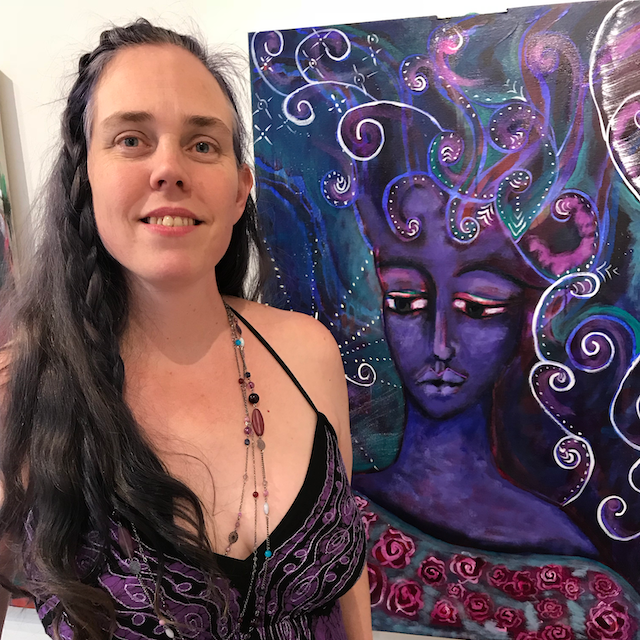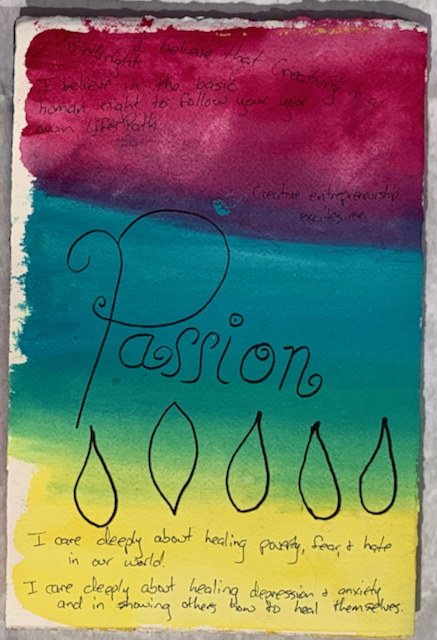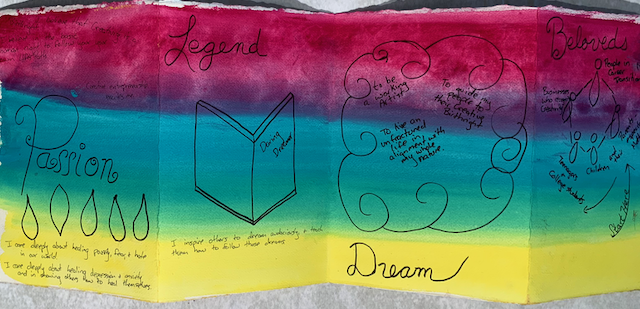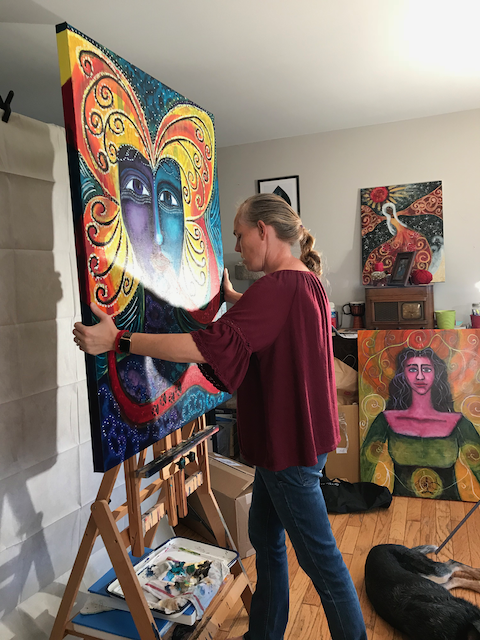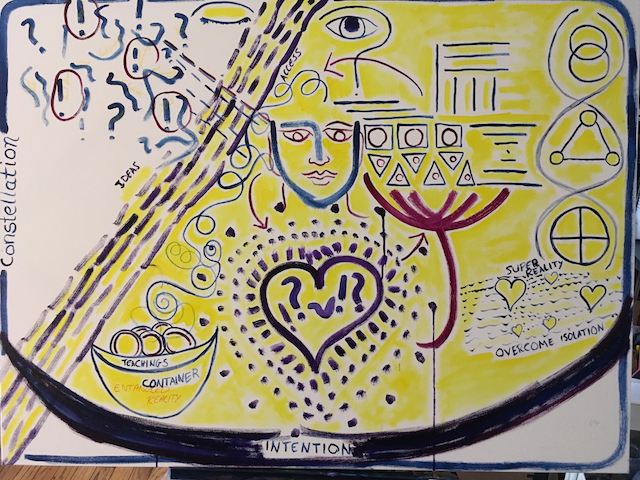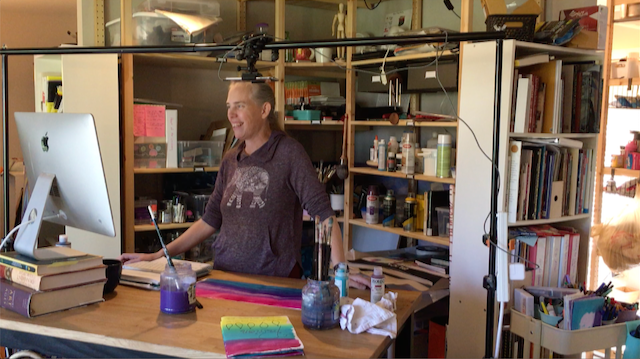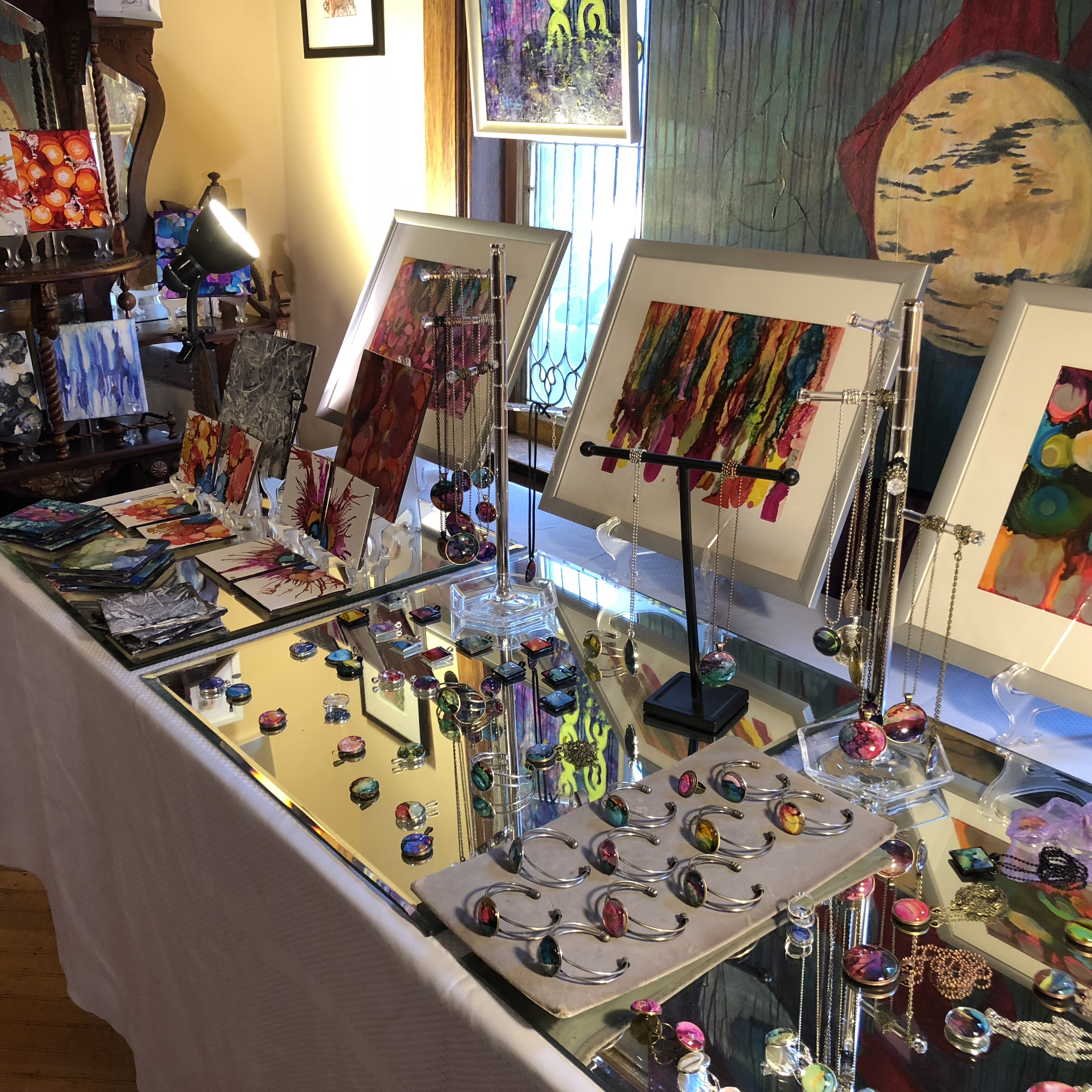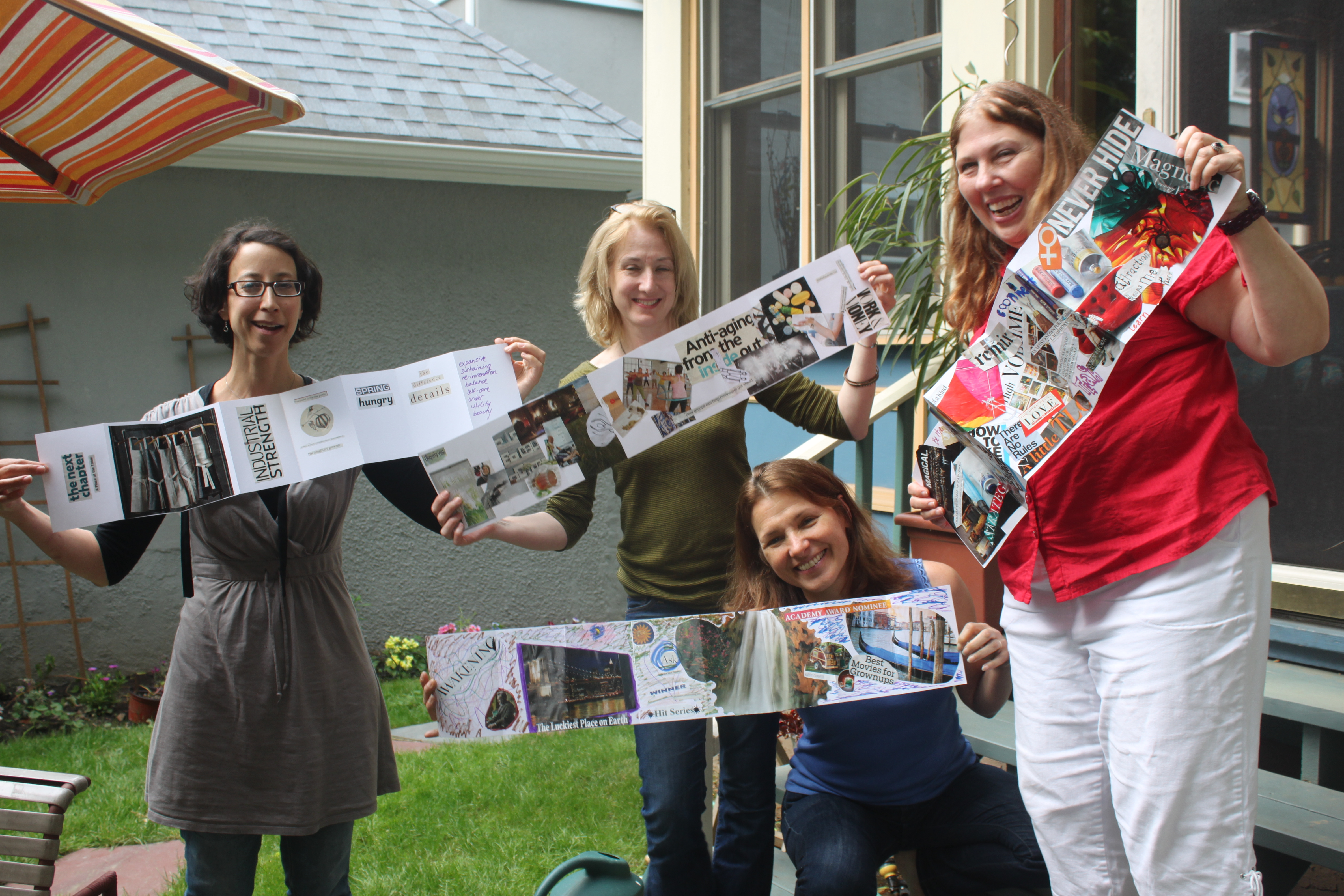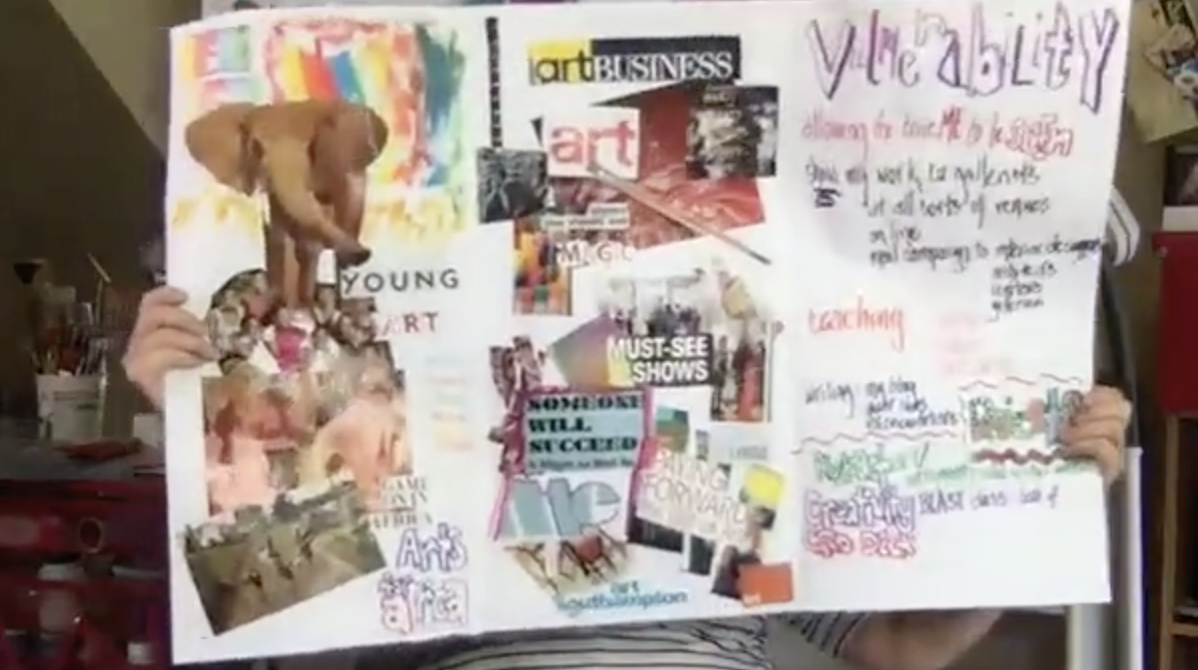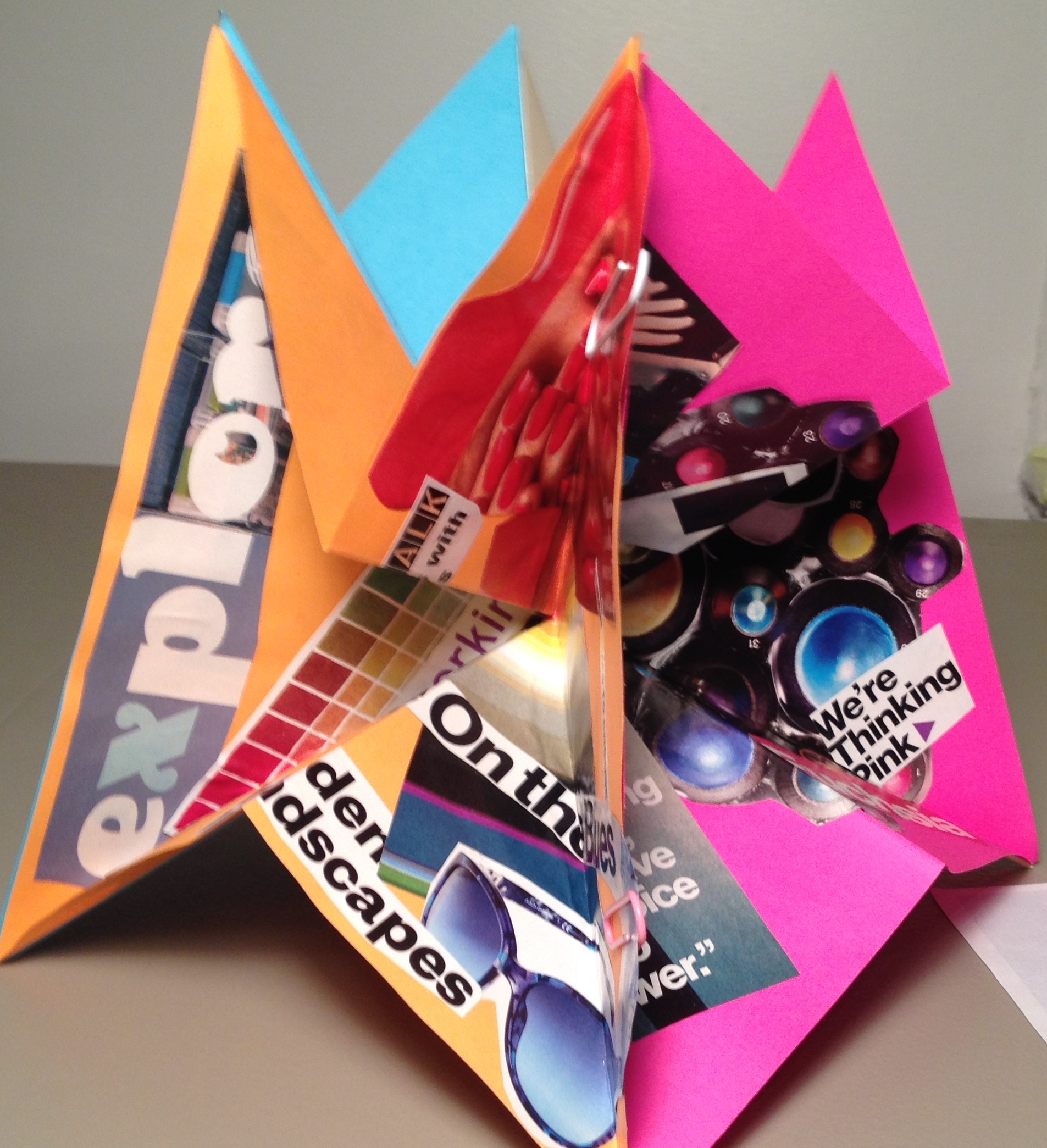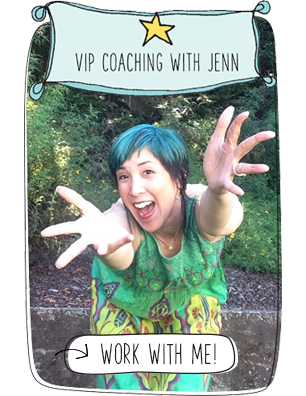
Guest post by Cass Mullane, Entrepreneur Coach, Right-Brain Business Plan® Licensed Facilitator, Prosper Creatively, LLC
I’m one of those people who likes paying my taxes. It’s because I feel a sense of accomplishment in knowing first, that I earned enough money to owe taxes, and second, that I managed it well enough during the year that I have the cash set aside to cover the payment. It also means that I’m contributing toward the greater good, as at least some of my payment is reaching people who need help.
So how do you feel about doing your taxes? If you’re like a lot of people, you’ve created an emotional morass around a ‘thing’ and the thing is called money.
You need to get comfortable with money… talking about it, looking at what it’s doing through your financial reports and treating it like the valuable tool that it is. In fact, it’s an absolute requirement if you’re in business.
At a bare minimum, you need to know what you’ve earned and what you’ve spent each month. Plus, you need to know what’s coming up so that you can generate enough revenue to put money aside for things like taxes, insurance, rent, dues, conferences, workshops, payroll, whatever you’ve got planned for your business. This means a preparing budget and tracking all your transactions, both revenues in and expenses out, against that budget.
This does not mean that you need to do everything yourself. You’re the CEO, right, you’re not the COE (Chief of Everything). In fact, if you’re hung up about money, you should not do it yourself. Here’s something that you can do differently: Make a very near-term goal to hire someone to help you create a budget, keep your books and generate your monthly financial reports. Get referrals from your colleagues, do a few interviews to make sure you’re a match, then pull the trigger and make the commitment. Hire a person who loves doing books for businesses of your size. You’ll make them happy and you’ll be happy. The second part of this goal is to pour the time that you would have otherwise spent on bookkeeping into revenue generating activities for your business. That way you’ll easily pay for your newly hired contractor.
If you’re comfortable with money and have the discipline to do your books efficiently on a daily or weekly basis, then go ahead. Just remember that you won’t be generating revenues while you’re doing your books. If it’s a long process, someone else should be doing the data entry and you should only be checking the input for accuracy.
Regardless of who does your books, you need to pay attention to where your money is and what it’s doing through your monthly reports. Are you on track with your budget? If not, where are the variances and what are you going to do about them? How is your cashflow, are you robbing Peter to pay Paul or do you have enough at the end of the month to set money aside for what’s coming up?
Think about what you will do differently to make money a simple, yet powerful tool in your business toolbox. Hire someone to do what they love so you can stick with doing what you love. Everybody wins!
©2019 Cass Mullane – All rights reserved
Like many great innovators, Cass Mullane has the unique combination of being a strong creative as well as a strategic thinking MBA. After departing the corporate world in 2004, Cass built a thriving business and personal coaching practice that focuses on accountability and specializes in solid business skills for right-brainers and creatives. Tapping into this whole brain approach has helped to make Cass a highly valued coach with an international clientele.
Cass’ new #1 International Bestseller, The Cool Stuff Jar: Three Simple Ways to Live a Happier Life, is now out on Kindle! Keep tabs on the book launch and all the fun following the launch by visiting www.coolstuffjar.com and entering your email. You can also follow Cass on Facebook!

